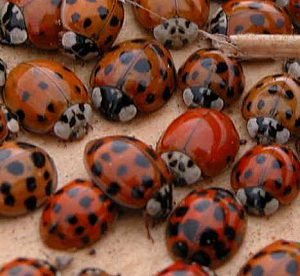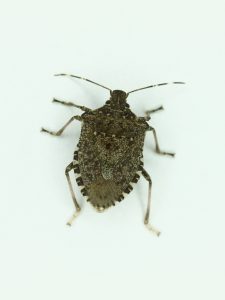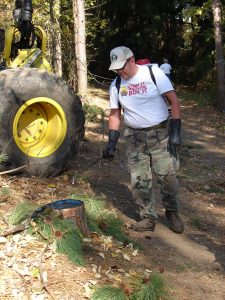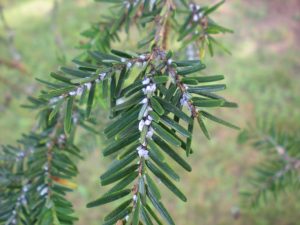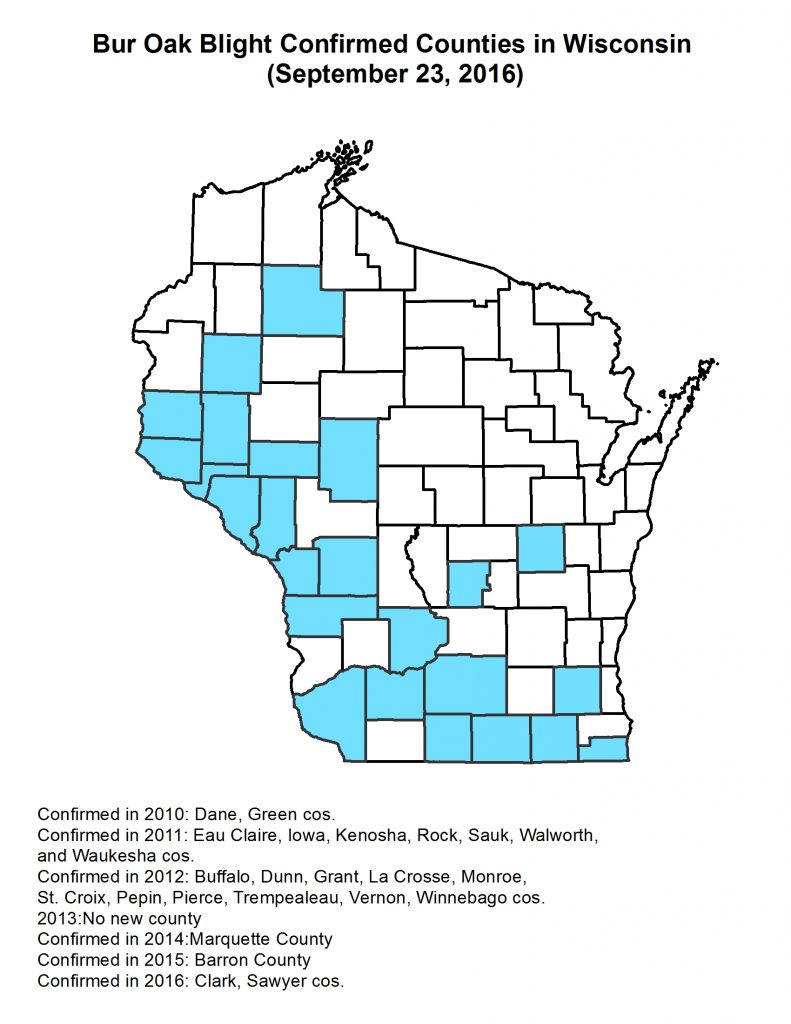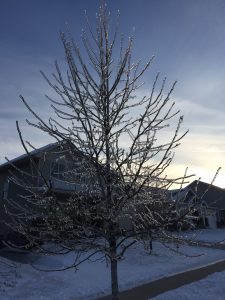If the weather warms up a bit, we could see eastern tent caterpillars (Malacosoma americanum) and forest tent caterpillars (Malacosoma disstria) hatching before the next forest health newsletter. These are both early spring caterpillars and hatch very soon after bud break.
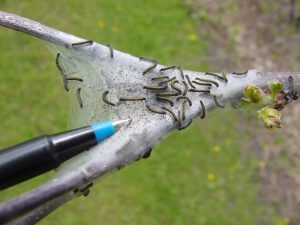
Eastern tent caterpillars with pen. Web nests and caterpillars will be small at first.
Eastern tent caterpillar will make a web nest that can often be seen on wild black cherry along roadsides, although they also like to feed on crabapple, apple, and a few other species. Forest tent caterpillar does not make a web nest and prefers to feed on aspen and oak.
Continue reading “Eastern tent caterpillars and forest tent caterpillars emerging soon”

